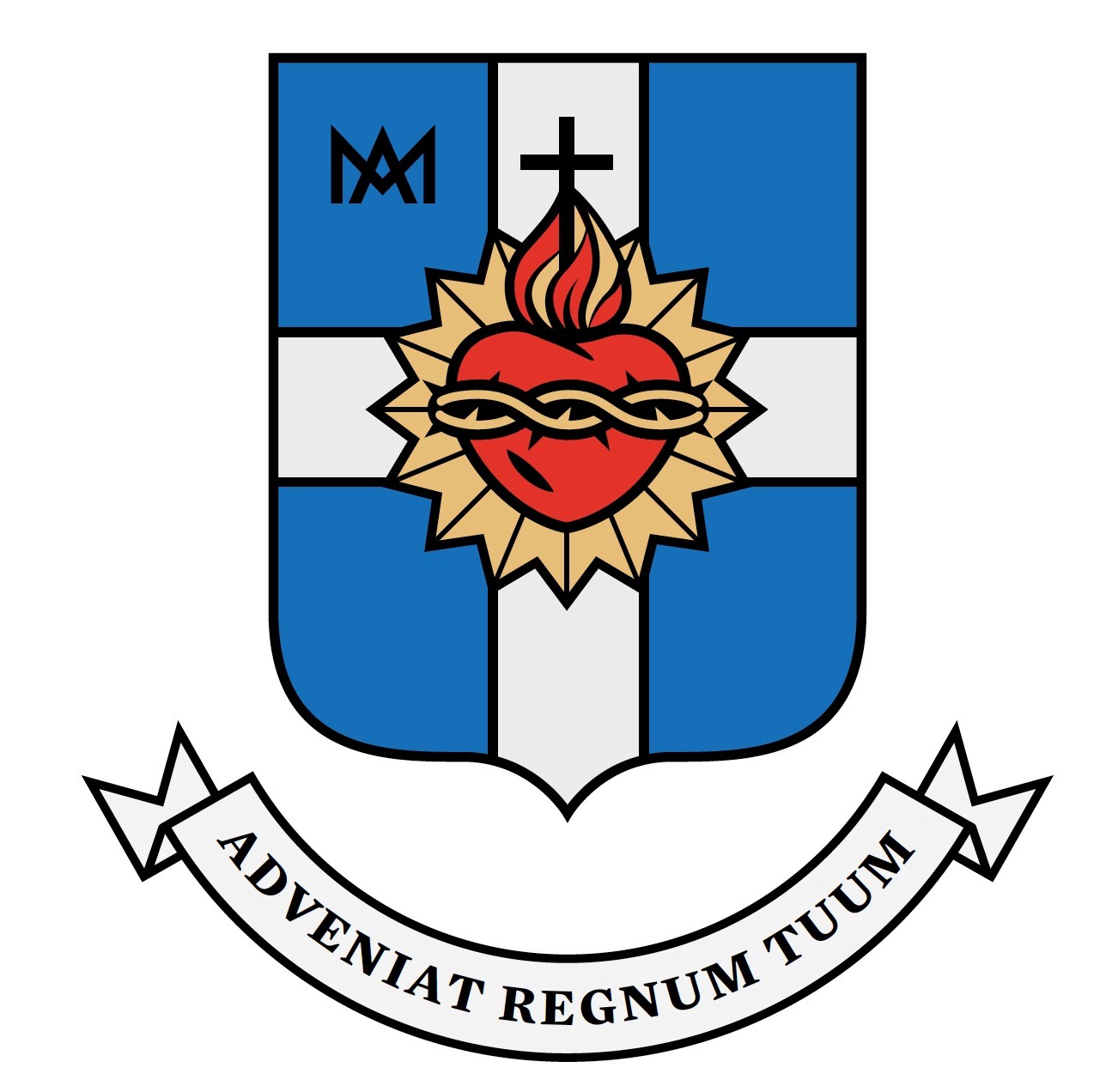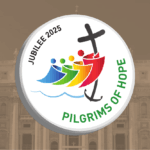29 October 2025
29 Oct 2025
Nine Essential Points for Reading Pope Leo XIV’s Exhortation Dilexi Te
On October 4, 2025, the feast of Saint Francis of Assisi, Pope Leo XIV signed the publication of his first apostolic exhortation, Dilexi te, on the love for the poor. Father Michel Simo offers us nine essential points for its reading.
On the feast of Saint Francis of Assisi, October 4, 2025, Pope Leo XIV published his first apostolic exhortation, Dilexi te, a major text dedicated to the love for the poor. To guide the reading and assimilation of this essential document, we propose nine essential points.
- “Dilexi Te,” on the love for the poor, is the title of Pope Leo XIV’s first apostolic exhortation. The title refers to a verse from the Book of Revelation: “I have loved you” (Ap 3:9).
- This initiative was started by Pope Francis and finalized by his successor, Pope Leo XIV. It follows on from the exhortation Dilexit Nos on the human and divine love of Christ (DT 2-3). “Having inherited this already well-advanced project, I am happy to make it my own, adding a few reflections” (DT 3).
- The continuity is illustrated by the reference to Saint Francis of Assisi, mentioned by Pope Leo XIV when he speaks of the choice of his predecessor’s name (DT 6). This option for the poor is part of a two-thousand-year-old Christian tradition, with particular attention to the Second Vatican Council, even if the conciliar texts do not mention it extensively.
- Poverty is a multiple phenomenon: “the poverty of those who lack the means to meet their material needs, the poverty of those who are socially marginalized and lack the means to express their dignity and potential, moral and spiritual poverty, cultural poverty, the poverty of those in a situation of personal or social weakness or fragility, the poverty of those who have no rights, no place, no freedom” (DT 9).
- From a historical point of view, Pope Leo XIV evokes not only how the preferential option for the poor finds its roots in the Scriptures but also how it continues in the writings of the Church Fathers and various religious orders and congregations.
- The text pays particular attention to the Church’s Social Teaching, tracing the evolution of its commitment to the poor from Pope Leo XIII’s encyclical Rerum Novarum to Pope Benedict XVI’s Caritas in Veritate. It also addresses the specific contribution of the Latin American episcopate to the reflection on the relationship between the Church and the poor.
- Particular attention is given to the teachings of the Latin American bishops on this subject through the meetings of Medellín, Puebla, Santo Domingo, and Aparecida. It is noteworthy that the Aparecida meeting was the last one attended by Cardinal Bergoglio, where he played a notable role, having been tasked by his peers with drafting the meeting’s conclusions. Pope Francis drew inspiration from this work to publish the exhortation Evangelii Gaudium, considered a major document of his pontificate. The Aparecida document thus occupies an important place in the elaboration of this first papal exhortation.
- The mention of a Second Vatican Council theme, “the poor Church for the poor.” On September 11, 1962, one month before the start of Vatican II, Pope John XXIII delivered a message entitled Ecclesia Christi, lumen gentium (The Church of Christ, Light of the Nations). In this message, the pontiff gave his vision of the Church as follows: “In the face of underdeveloped countries, the Church presents herself as she is and wants to be: the Church of all and especially the Church of the poor.” This means that, given the situation of the poorest nations, the Church presents herself and wants to be the Church of all, especially the Church of the poor. The “Church of the poor” became a famous expression during and after Vatican II. For the first time, Pope John XXIII “introduced the theme of ‘the Church of the poor,’ a subject that sparked considerable reflection and debate within the Aula, particularly during the drafting of the ‘Pastoral Constitution on the Church in the Modern World,’ Gaudium et Spes.” The informal group known as “Jesus, the Church, and the poor” during Vatican II was a response to Pope John XXIII’s wish for a Church of the poor.
- An essential aspect emphasized by Pope Leo XIV concerns the necessity of personal involvement in the transformation of structures of injustice or sin. It is from this perspective that he highlights the importance of what he calls a simple gesture of help and of almsgiving, which, according to St. Ambrose, is the restoration of justice, not a paternalistic gesture: “through this simple, very personal and close gesture of help, it will be possible for that poor person to feel that Jesus’ words are addressed to them: ‘I have loved you’ (Ap 3:9).” (DT 121)
Article available in:




